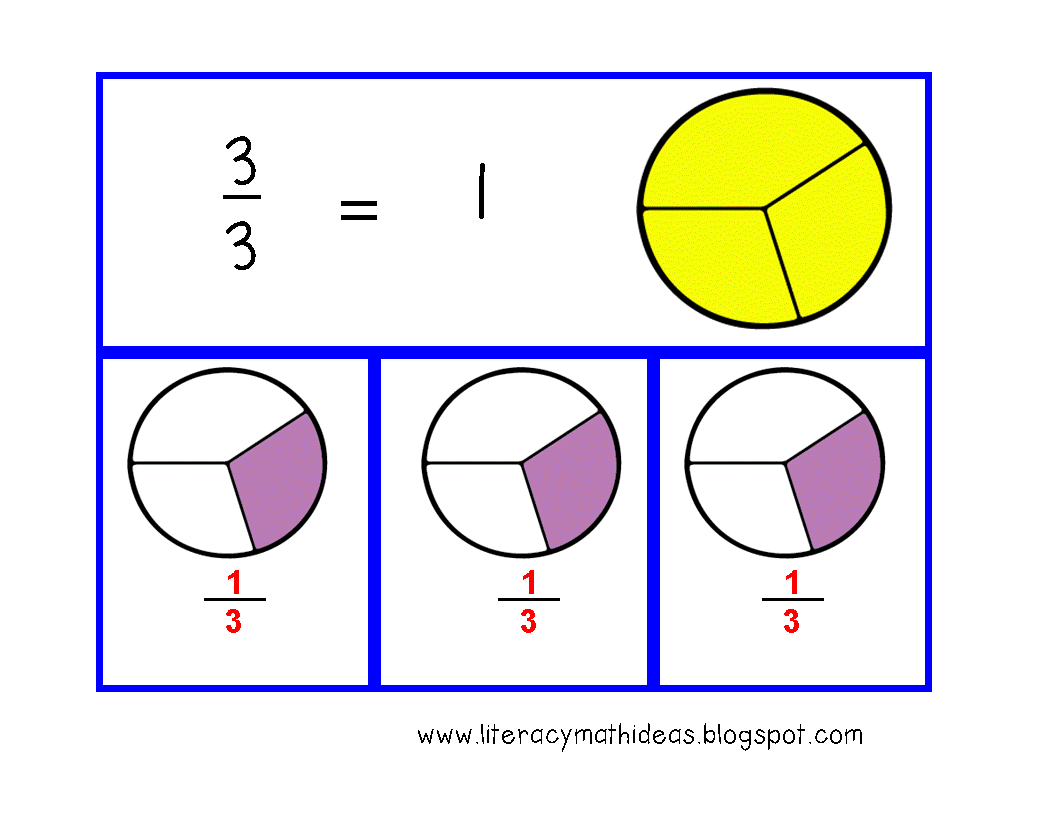

For example, you can use this video containing step-by-step instructions on how to decompose fractions for fourth graders. You can also decide to complement your lesson by using videos in your classroom. You can also ask students to think of any other way of decomposing this fraction, such as: You can shade 1⁄ 8 first and then shade 3⁄ 8 to show that the sum of these two smaller fractions does form four parts of the whole circle (or rectangle, depending on which drawing you’re using). Use the above drawing again to illustrate this visually. For example, the fraction 4⁄ 8 can be decomposed as a sum of 1⁄ 8 (which is a unit fraction) and 3⁄ 8 (not a unit fraction): How can we break 4⁄ 8 into unit fractions? We can simply present the initial fraction as four times of the unit fraction 1⁄ 8:ġ ⁄ 8 + 1 ⁄ 8 + 1 ⁄ 8 + 1 ⁄ 8 = 4 ⁄ 8 Sum of Smaller Fractions That Aren’t All Unit FractionsĪnother way of decomposing a fraction is by breaking it into smaller fractions that aren’t all unit fractions, and then adding these smaller fractions together. Remind students that our aim in decomposing 4⁄ 8 is to show this quantity as a sum of its component parts.


Examples of unit fractions are 1⁄ 8, 1⁄ 9, 1⁄ 5, 1⁄ 2, etc. Point out that a unit fraction is a fraction in which the numerator is always 1. You can use a circle or a rectangle to first present this fraction. Tell children that we’ll try to decompose the fraction from earlier, that is, 4⁄ 8. The easiest method is probably breaking into unit fractions. Since 8 is the number of equal parts an item is divided into and 4 shows how many parts each person obtained, we’ll get: 4⁄ 8( 4⁄ 8 + 4⁄ 8= 8⁄ 8) Ways of Decomposing Fractions (4th Grade) Sum of Unit FractionsĮxplain to students that there are several ways of decomposing fractions. Then, ask them to express the slices that each person got in fractions. Point out that we use the same logic in decomposing fractions. So by decomposing the number 8, we’re dividing it into smaller parts (4 and 4) such that by adding all these smaller parts, we’ll obtain the initial number, i.e.

Why? The answer is simple, because 4 + 4 = 8. How many slices of pizza would each person get? Students should easily tell you that each person should get four slices of pizza. For instance, you can draw a pizza on the whiteboard and cut it into 8 slices (or even better, create a colorful pizza out of cardboard and bring it to class!)Īsk students to tell you how we can divide the pizza between two students equally. To get children to think in the direction of decomposing fractions, you can begin with an easier example with visualization. How to Teach Decomposing Fractions (4th Grade)
#Decompose fractions worksheet free
It contains a bunch of free resources, worksheets, and activities that you could use as bell-work warm-ups for your lesson on decomposing fractions. If you’d like to review adding fractions with your students, you can check out our article on this topic. One caveat though: by adding these smaller fractions, we must be able to obtain the initial fraction. Once everyone is clear on what fractions are and what parts they consist of, you can explain that decomposing a fraction means dividing it into smaller parts, i.e. In other words, the denominator represents the bottom number in a fraction, indicating the number of equal parts an item is divided into whereas the numerator is the top number in a fraction, showing how many parts we have. The denominator is above the division line in a given fraction and the numerator is below it. You can also point out that fractions are composed of two parts – a denominator and a numerator. They should be able to define a fraction as a number representing equal parts of a whole. So you could start your lesson by asking students to provide a definition of fractions. Follow these simple and engaging tips and never worry about teaching decomposing fractions again! What is Decomposing Fractions?īy now, fourth graders should have an idea of what a fraction is. To help out, we’ve compiled a list of tips on how to teach this topic to fourth graders. After all, to be able to decompose a fraction requires an understanding of what fractions are and what parts they’re composed of. Yet, it’s not infrequent that educators and homeschooling parents struggle with teaching this topic, especially in cases where children have gaps in foundational knowledge of fractions. Decomposing fractions to show equivalence is one of the most interesting and fun lessons to teach in 4th grade, thanks to the many games and fun activities that math teachers can enrich their lessons with.


 0 kommentar(er)
0 kommentar(er)
